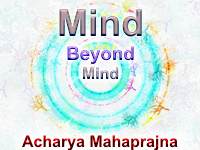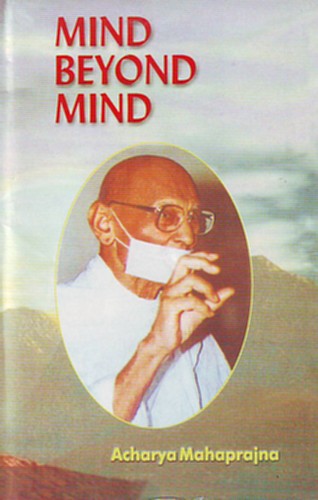
.
There are two important energy centers in the human body, the center of sexual energy and the center of knowledge. The center situated below the navel is the Kama center. The brain is the center of knowledge. Energy flows through the whole of the body. The mind, wherever it goes, carries with it this energy. To whatever center the mind is attracted, the energy, which it carries with it will strengthen it. It will energize the center also, which will become active due to the concentration of the mind on it. That is the process of the physical mind. The sex feeling is the most active feeling in the life of man. It remains constantly active, much more active than any other feeling. Anger, greed etc. become active only seldom, but sex-consciousness is a permanent feature of the human mind. When the mental and Prana energies become poised on the Kama center, the knowledge center becomes weak. It has to be strengthened and activated by exertion. The practitioner will have to change the direction of the flow of his mental and vital energies. He will have to lift the mind above the Kama center so that it becomes concentrated on the brain. The vital flow has to be directed towards the brain so that it may begin to enter into the knowledge center. It will then strengthen and activate the process of knowledge. This process is also called the process of the arousing of Kundalini. The brain contains all the sources of knowledge and energy.
The brain is the controller of all the activities of the body. When the sense organs come in contact with objects, the sensory nerves carry messages to the brain centers associated with the sense organs. The brain centers then order the motor nerves to act. That is why concentration of the mind on the brain activates it. It should, however, be noted that in ordinary life we do not utilize the whole of the energy we possess. Only a portion of it is of immediate use for us. We are not able to activate the entire potential of the body and mind. We are able to utilize only a very small portion of it. A very large part of the brain remains normally dormant. Many a cell of the brain remains closed and most of the consciousness, which we need for spiritual purposes, remains unavailable to us. In order to avail it we will have to divert the Prana current as well as the mind upwards, towards the brain. This is in itself a Sadhana.
The emotional reactions of our instincts are always present in our minds. How are these feelings born in the mind? The Agamas seek of four causes of these feelings. Memory is one of them. The instincts of fear, sex, hunger etc. are activated by our memory. The instincts become more and more active when we become conscious of them and of past experiences. The best way to keep them under control is not to think of them. The seers have called upon the practitioner not to indulge in loose talks, because such talks distract his mind and divert his energy to wrong ends. He should be conscious of the end towards which he is to push his energies. If he does not do so his concentration will be broken. He has to be watchful towards the direction of the flow of his energy. If it is flowing downwards, its current has to be diverted upwards.
We experience the first eight instincts out of the ten spoken of above in the natural course of our life. The last two are to be understood in some detail. They are Loka Samjna and Ogha Samjna. The word Loka has several meanings. One of them is the body. Loka Samjna means the instinct of self-preservation, the desire to keep the body safe and active. It results in an attachment to the body. It is no doubt necessary for the practitioner to take care of his body, but this is not the main thing in Sadhana. There is another meaning of the term Loka Samjna. It is acceptance of the general opinions of the group to which one belongs. It means seeking shelter in group- consciousness. For example, we generally believe that it is not possible to change human nature. Such notion does not allow us to keep an open mind. They make the mind prepossessed. The practitioner should be very careful about such prepossessions for they deform his mind and force his consciousness to flow in the wrong direction.
The question of the freedom of will is a very important question in philosophy. It has been very seriously thought over by Indian as well as foreign thinkers. In the west there have been three schools of philosophical thinking about the freedom of the will.
| 1. | Determinism. | According to this school there is no freedom of will. Man is a machine and all his activities are predetermined by the mechanical laws of the physical universe. |
| 2. | Idealism. | According to this school man's will is absolutely free and is not determined by the external conditions. |
| 3. | Determinism-cum-idealism. | According to this school man's activities are subject to the laws of the universe, but this determinism is not antithetical to the freedom of will. |
.
If the laws of the universe determine man’s will, there will be no need for Sadhana. There will be no possibility of changing human nature. Human life is a conditioned existence and this does not provide any scope for freedom of action. Acharya Mahaprajna
Acharya Mahaprajna

